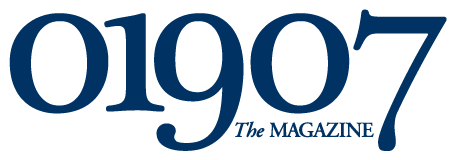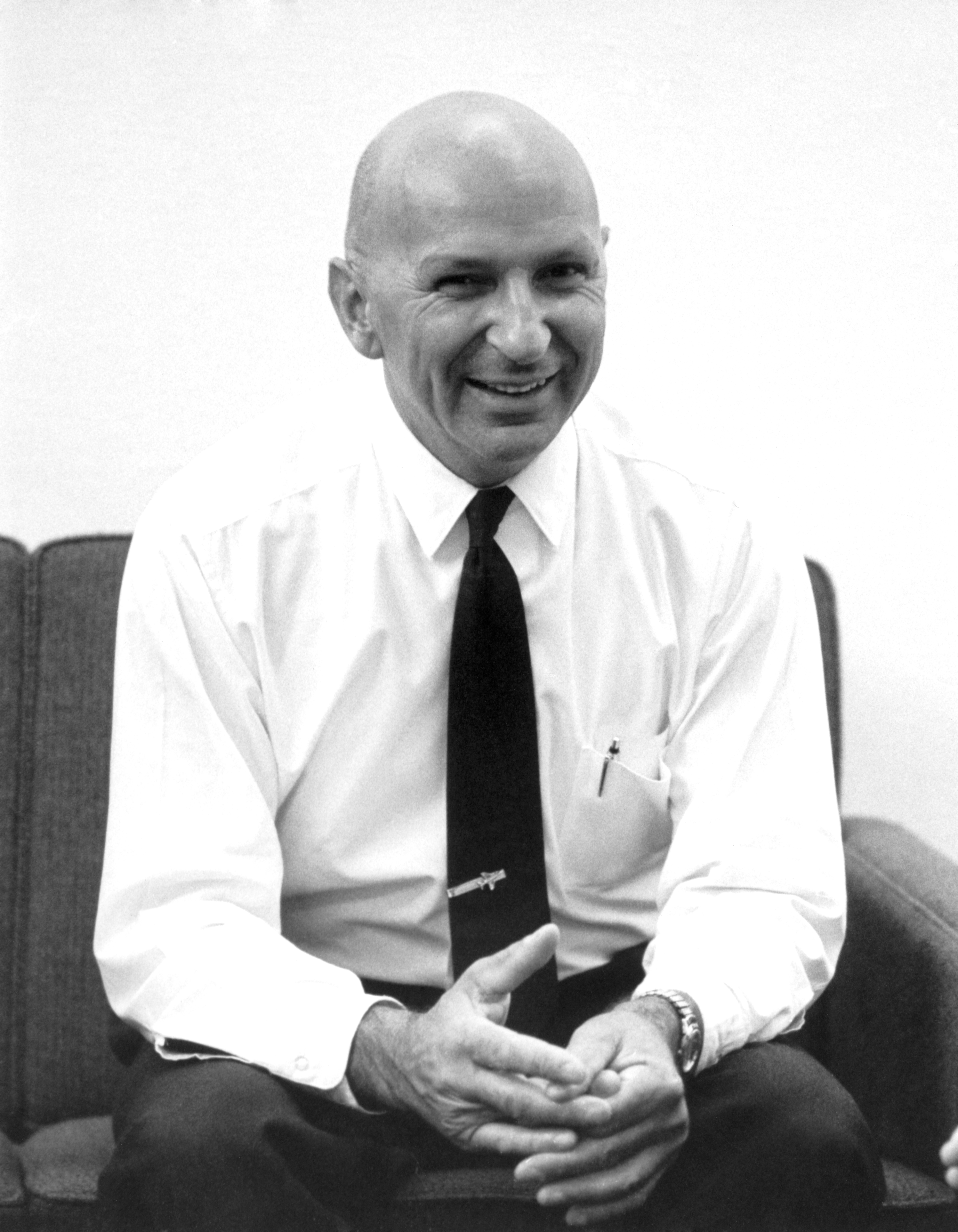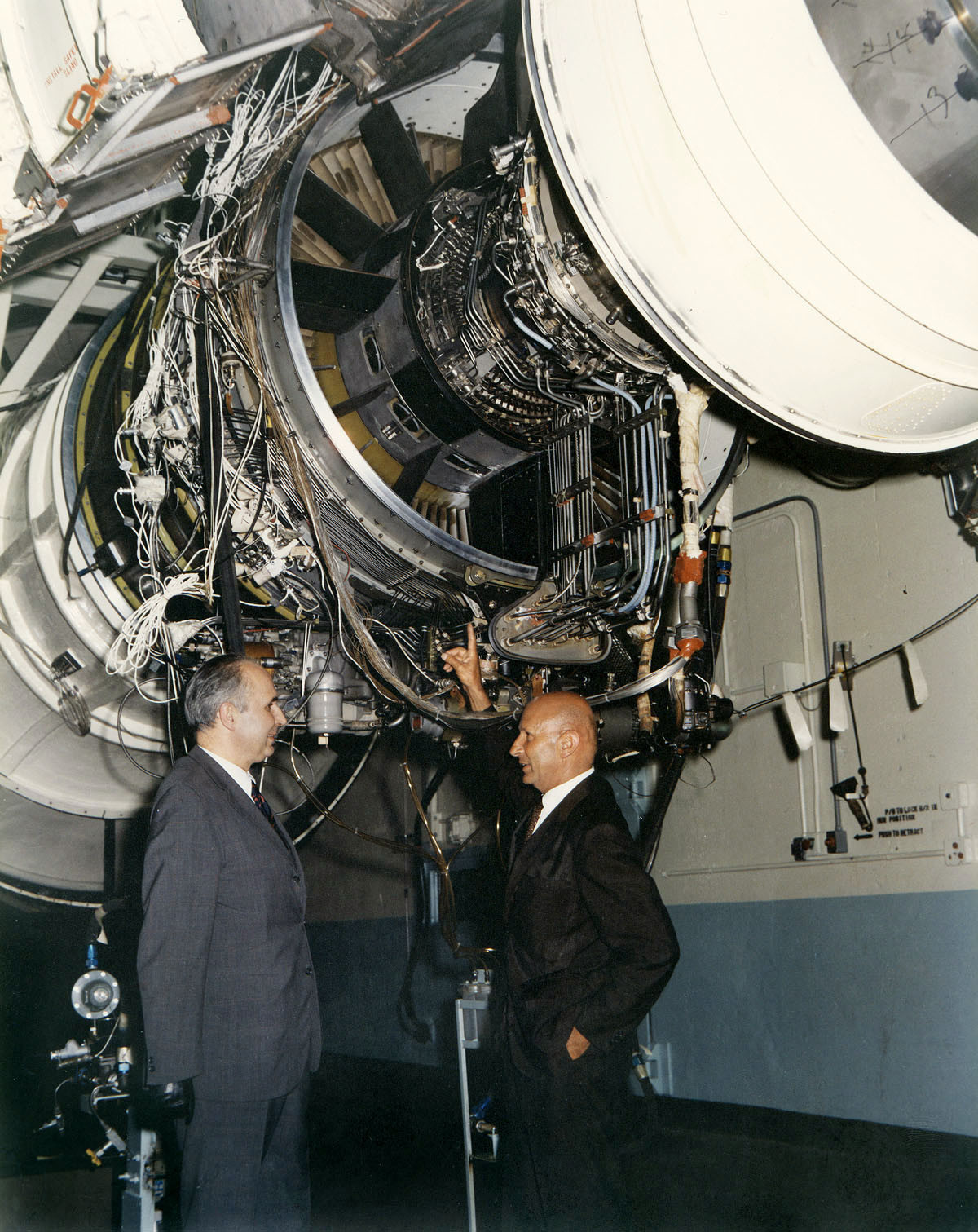
Rene Ravaud and Gerhard Neumann and a few other key people in 1974 founded CFM International, which was a successful company producing jet engines for single-aisle aircraft. The French aircraft company partnered with GE Aviation. | Photos: Courtesy of GE.
By David Liscio
Long before a newspaper obituary summed up his life, barrels of ink were spent documenting Swampscott resident Gerhard Neumann’s kaleidoscopic adventures.Neumann’s autobiographical book, Herman the German, published in 1984, covered the highlights but could not in a mere 269 pages begin to grasp the man’s accomplishments.
They are worth recounting.
It was no small feat that Neumann, a German national of wealthy Jewish parents, would eventually serve as a U.S. Army Air Corps master sergeant, work as a British spy, become a key military advisor to American companies manufacturing warplanes, and rise to occupy an executive office at the General Electric Co. in Lynn.
The fickle finger of fate was never far from Neumann. While working as an engineer in Germany, he was sent to China just before the outbreak of WWII to oversee the Chinese Air Force’s purchase of German-made aircraft for use against the Japanese.
It was during this era Neumann met Gen. Claire Lee Chennault and joined the famous Flying Tigers squadron as their top mechanic. Neumann became known among the unit as “Herman the German,” both for his mechanical skills and his thickly-accented English grammar that was sprinkled with GI profanity.
Just how that occurred marked yet another lucky break.
Rather than join the German Army in 1939, Neumann applied for a mechanic’s job with the Southwestern Transportation Co. in China, which had placed advertisements in Europe. The company was actually a shell for the Chinese government, which had purchased German tanks, trucks and airplanes.
Neumann, who was 22 years old, landed the job. It took six days to reach China via a series of flights aboard a small propeller plane.
When war was declared, British troops detained Neumann as a possible enemy alien and threatened him with detention in Ceylon, but he was soon released and hired by the Central Manufacturing Co. in Burma. The company was a covert American-British-Chinese unit with less interest in manufacturing than combating the Japanese.
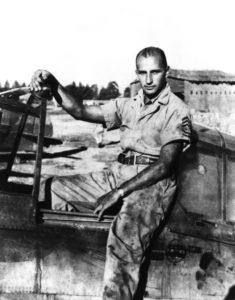
Neumann was assigned to work on planes and other motorized equipment. It was through this association that he befriended Gen. Chennault and others from the Flying Tigers, which was essentially a contingent of volunteer American pilots fighting alongside the Chinese.
In 1942, Chennault called Neumann into his cave headquarters and informed him that a Zero, Japan’s newest and most advanced fighter plane, had crashed nearby. He ordered Neumann to find the aircraft and reassemble it into flying condition so that its capabilities could be studied.
Neumann often repeated the story – his favorite – of how he and a dozen Chinese workers dragged the broken Zero into the brush. Japanese bombers soon appeared overhead.
As he once told reporters, “We got all the coolies we could find and they dragged the plane far off into the bushes. Within four hours after the crackup, Jap bombers came over and made pass after pass at the field, not dropping anything, but looking for the plane. When they couldn’t find it, they bombed us anyway.”
That mission proved a turning point for Neumann, who jury-rigged dozens of mechanical parts to piece the Zero back together. It was a difficult undertaking, during which he contracted malaria, typhus and jaundice. Overworked and without sleep, he nonetheless completed the task. Within a few months, Allied pilots were test-flying the Zero to learn how it was able to outmaneuver American fighters. The same Zero was later flown to India. Neumann caught up with the plane at various rendezvous points, which is how he was introduced to Gen. Henry “Hap” Arnold, commander of the entire U.S. Army Air Corps.
That, as he later recalled, was yet another fortuitous break.
It was 1943, with war raging in Europe and the Pacific, and Arnold thought it would be a fabulous idea to take the Zero stateside as a public relations prop to help sell war bonds. But Neumann – still a German citizen – was refused entry into the U.S., despite pleas from Gens. Arnold and Chennault.
Though he had been given the rank of Army Air Corps master sergeant for all of his service, he was still Herman the German and the State Department wouldn’t budge.
Meanwhile, Neumann returned to China and participated in a series of risky missions behind Japanese enemy lines for Britain’s Office of Strategic Services (OSS).
Those forays were the stuff of action-adventure novels. He often recalled the excitement of sailing down a river near Canton in a Chinese junk, disguised as a peasant. “I suppose the OSS picked me for the mission because I could speak some Chinese,” he said.
The war over, Neumann was finally awarded U.S. citizenship through an Act of Congress. Before leaving for Washington, D.C., he asked a friend about the women-to-men ratio in the capital and learned it was 3-to-1. He then requested leads on any women with a penchant for chess.
It just happened that his friend was acquainted with a young, chess-playing Yale graduate and Justice Department attorney named Clarice Grosshaendler. The romance took off like a fighter plane’s freshly-sparked afterburner, but various assignments kept them apart until 1946, when they married.
The newlyweds drove across Asia in a Jeep that Neumann had cobbled together from two wrecked vehicles. Still restless, they departed on a 10,000-mile journey to the Holy Land and the Middle East.
Neumann mailed an application to GE from Tehran.
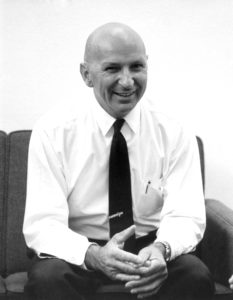
What followed has become aviation industry legend. Neumann devised ways to make GE aircraft engines stronger and more efficient. He subscribed to the “dirty fingernails” school in which all engineers must physically delve into their engines. Jets were his passion and he spent hours studying how air passed through an engine’s fan blades. His management style was frequently described as precise and uncompromising, and he was known to berate employees he deemed incompetent while frustrating his superiors with his freewheeling antics.
A 1980s Boston newspaper article about his exploits pointed out that “top GE executives shook their heads as Neumann, the driving force of GE’s multi-billion-dollar jet engine group, barreled down the Lynnway on his motorcycle.”
Fred J. Borch, former GE board chairman, once called Neumann his “favorite Red Baron”, adding the man “thoughtfully displayed an attitude enabling him to get away with murder.”
Borch wasn’t alone in his admiration. Former McDonnell Douglas Corp. Chairman Sanford N. McDonnell said posthumously of Neumann, “Not only has Gerhard Neumann’s life been filled with exotic and exciting adventures, but he was a highly successful engineer and executive – truly a superior individual and one of my favorite people.”
And so it went. Another industry profile of Neumann noted “he had a way with people. Enthusiastic. Charismatic. He was known to roll up the sleeves of his manager’s shirt and go to work on the assembly line if a problem arose. Such actions earned his respect and admiration from his executive colleagues and the rank-and-file workers doing the physical work.”
In 1955, Neumann was named head of GE’s Jet Engine Department in Evendale, Ohio. By 1958, he had added the Small Aircraft Engine Dept. at the GE plant in Lynn to his list of responsibilities. He also took charge of the plant’s Flight Propulsion Division from 1961 until he was elected GE corporate vice president in 1963.
Neumann was instrumental in developing the J-93 turbojet, the world’s first aircraft engine to cruise at three times the speed of sound. And, most importantly, he implemented engineer-training programs not unlike those he had experienced as a young man in Germany.
A Fortune Magazine interview in 1966 described him as “a flamboyantly brilliant engineer who sometimes seems jet-propelled himself, Neumann is the main reason GE has been able to gain on Pratt & Whitney in recent years.”
The same article, which dubbed Neumann “Jet Man”, went on to say, “Luck, in Neumann’s view, is a result of competence and effort.”
Neumann had his own, more colorful way of phrasing it. “Anybody can be a general manager. Of course, you’ve got to have luck. You remember Napoleon said, ‘I like my generals to have good luck. There’s no use in having generals around who are having bad luck all the time.’”
It was around the time of the Fortune interview that Neumann designed engines for the F-4 Phantom fighter, then in use in the air war over Vietnam. His theory about jet propulsion proved true. He increased efficiency by varying the pitch of the vanes that guide air into an engine’s compressor while in flight. Low speeds demanded less air, while high speeds required more.
Neumann received dozens of awards from GE, the government and the aviation industry. Those awards included in 1959 the Collier Trophy along with GE colleague Neil Burgess for their work on the J-79 engine. He was also presented the French Legion of Honor Medal, and in 1979 the Daniel Guggenheim Medal for advancements in aeronautics.
It was because of this acclaim Neumann was allowed to live on the North Shore instead of near GE’s Fairfield, Conn. corporate headquarters.
Neumann and his family began residing at 53 Ocean View Road in the 1970s. The hilltop house, which overlooks Swampscott Harbor, provided a view of their 38-foot sailboat and Massachusetts Bay.
In their marginalized leisure time, the couple played tennis, chess, skied and sailed New England’s coast.
They also traveled abroad, including a 1980 trip to the former Flying Tigers base in Kuelin in southern China.
The couple had two daughters – Jennifer and Stephanie – and a son, Lee, named in honor of Gen. Chennault.
As the years passed, Neumann suffered health issues and was forced to stop skiing. He underwent heart surgery, but continued to sail, usually if an able hand recruited by his wife was aboard. His black dog, Silhouette, whom he called Silly, often went along on those sails.
Neumann applied the same aerodynamic principles of flying to the set of his sails. “Watch how the wind comes through the air foil,” he would say. “Watch the way it plays over the sail.”
Neumann died Nov. 2, 1997 at age 80 following complications from leukemia. Six years later, he was enshrined in the National Aviation Hall of Fame as an aviation pioneer.
Gen. Chennault’s wife, Anna, wrote an acknowledgement following publication of Neumann’s book. It stated, “His engineering talents, his zest, his sense of humor, and his magnificent rapport with people at all levels won him the respect and affection of everyone who met him.”
Clarice Neumann remained in Swampscott until her death on March 8, 2015, at age 95.
Photojournalist David Liscio occasionally crewed for Gerhard Neumann aboard his sailboat in the 1990s.
